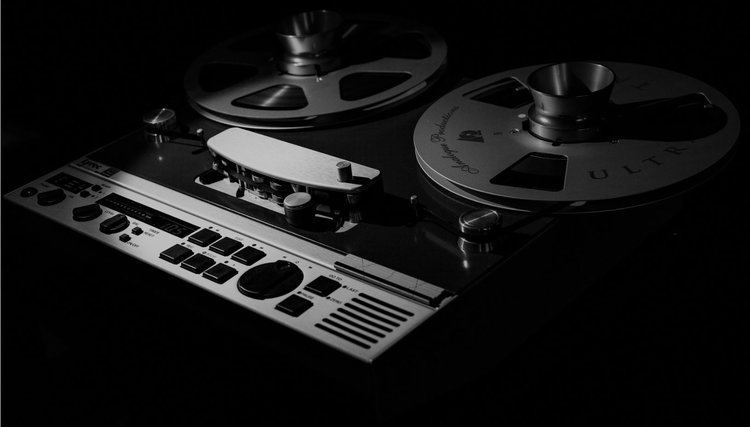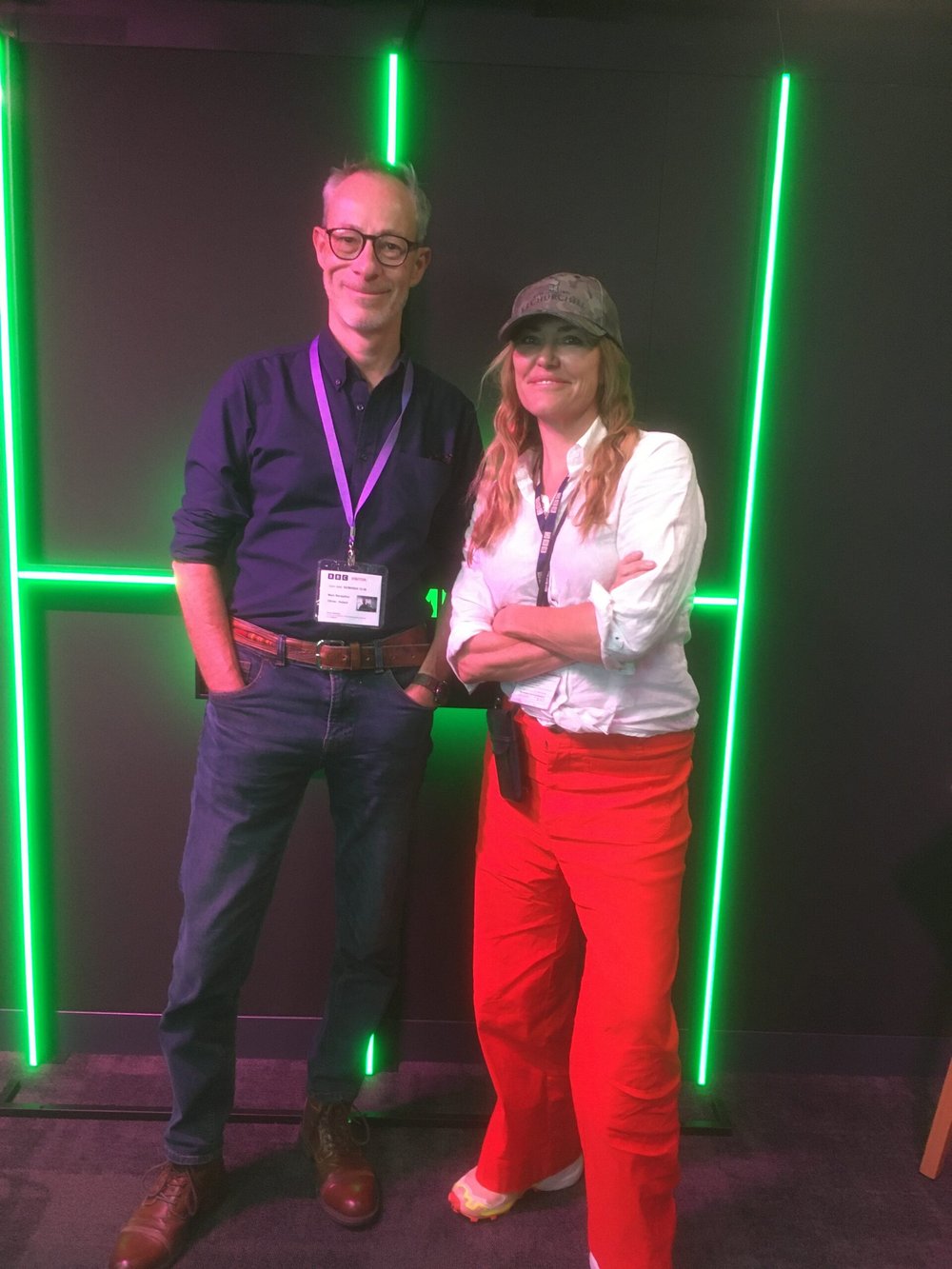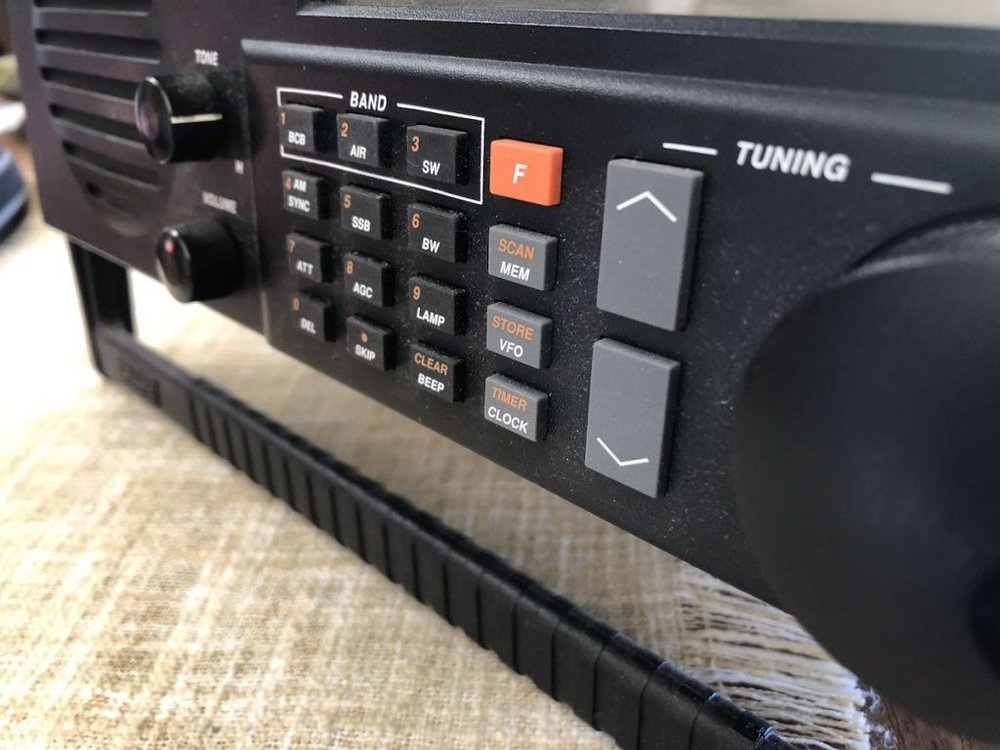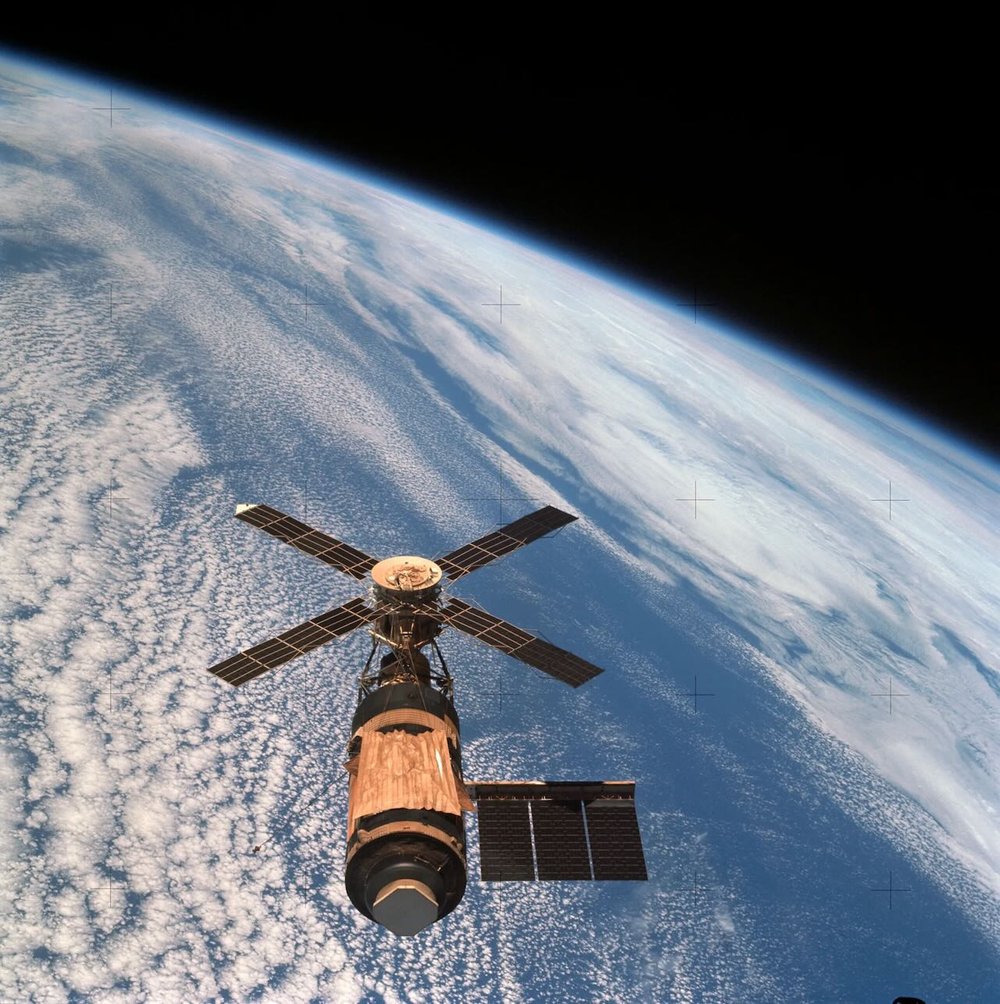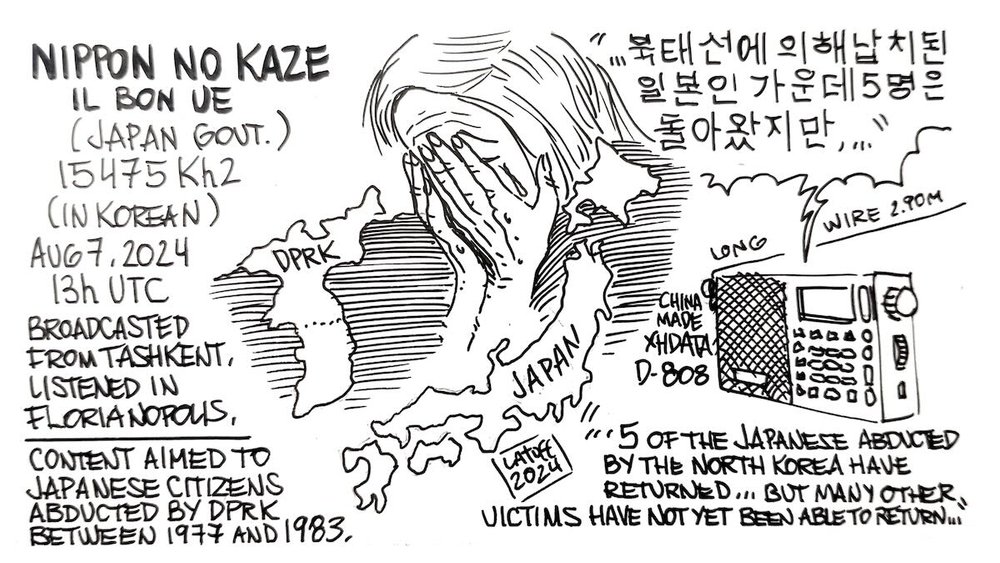
Many thanks to SRAA contributor, Carlos Latuff, who shares the following recording, along with his original artwork (above), and notes:
Opening of Japanese government shortwave radio programs aimed at Japanese citizens abducted by DPRK between 1977 and 1983: "Furusato No Kaze" (in Japanese) and "Nippon No Kaze il bon ue" (in Korean). Broadcasted from a transmitter in Tashkent, Uzbekistan, and listened in Florianopolis, Brazil.


